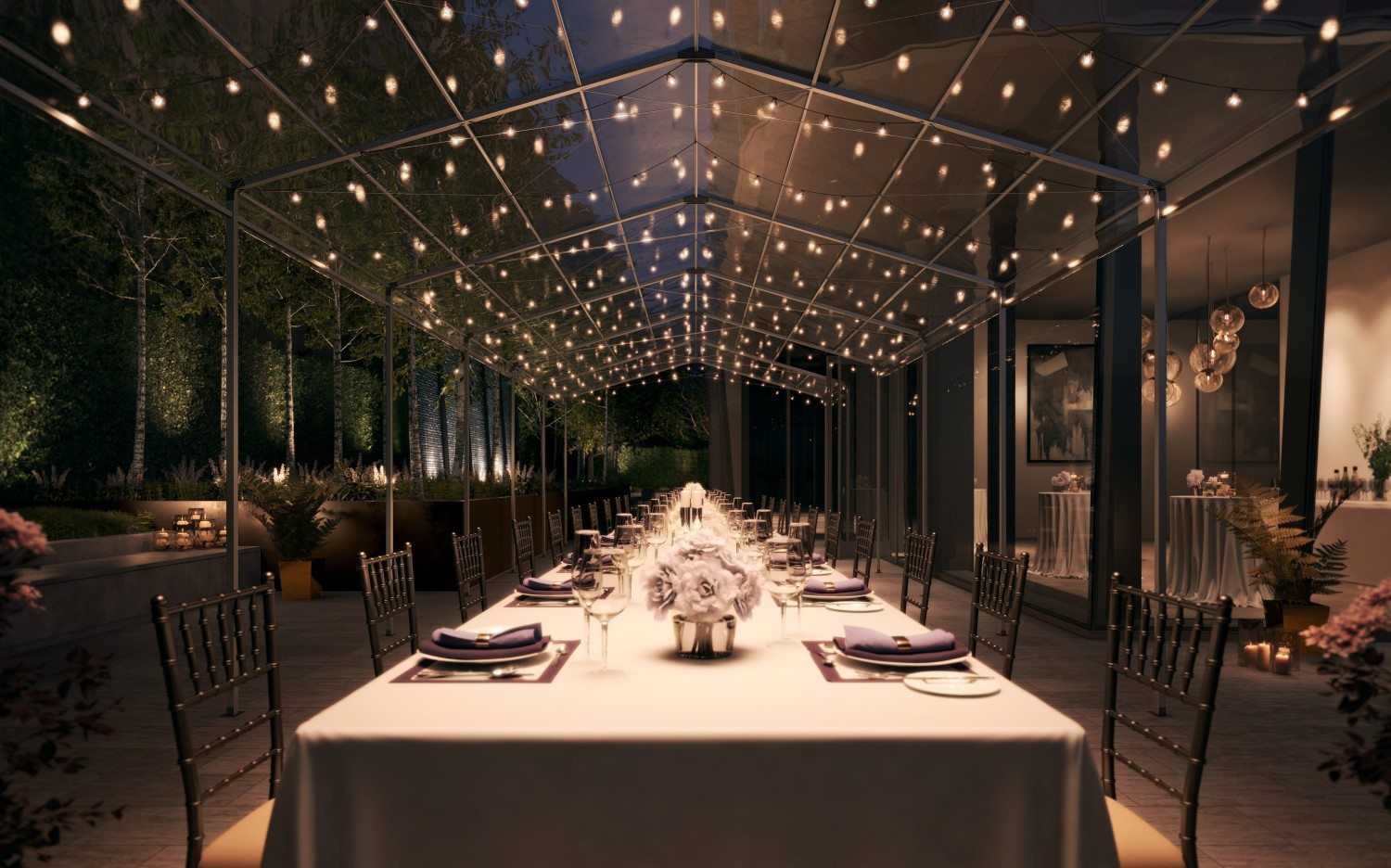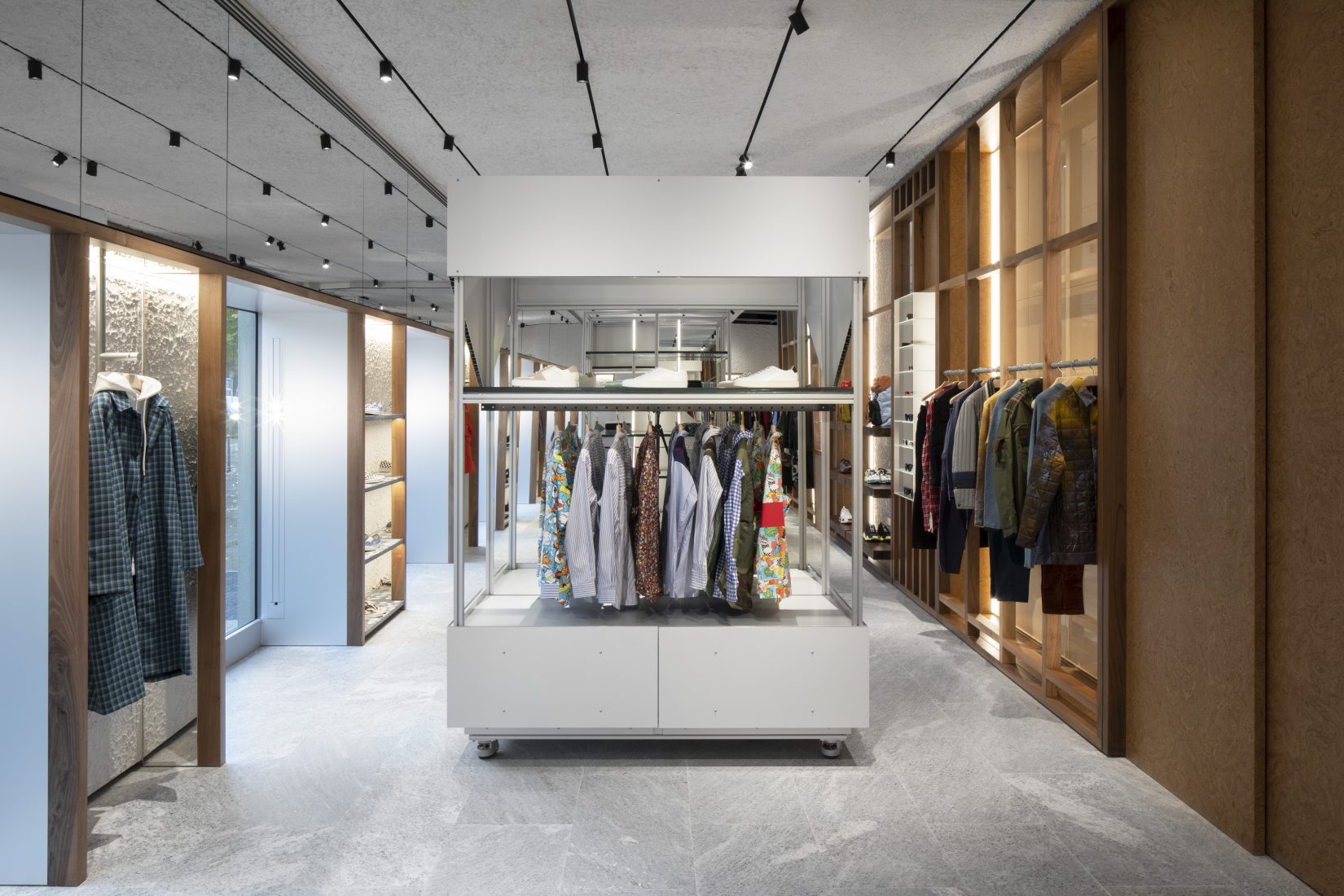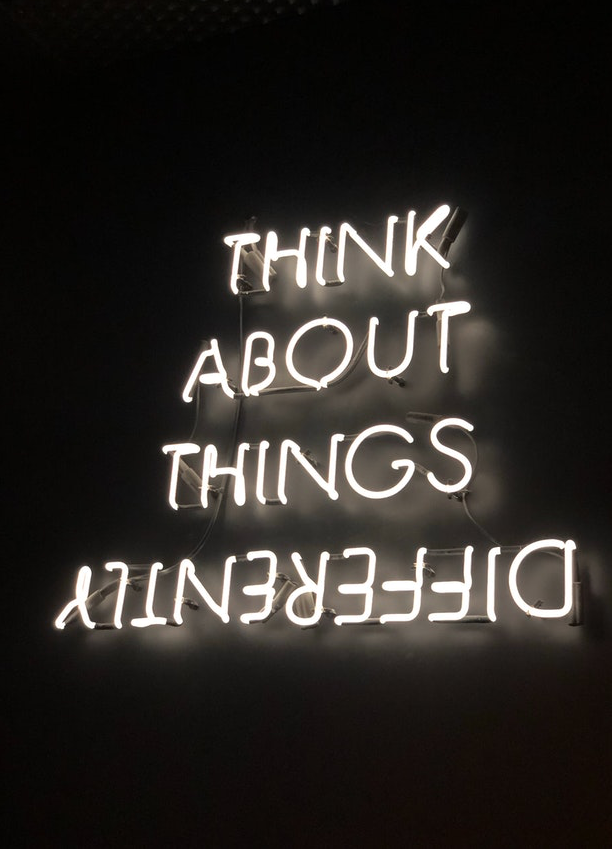Biophilia is the human need to connect with and be surrounded by nature. I like to say that “urban biophilia” is the city dwellers’ need to connect with nature in order to maintain their sanity in all the hustle and bustle of New York City. The mere existence of greenery and open parks is based on true human need for nature. The fact that green space can be aesthetically pleasing is an additional perk! Biophilia is especially important in a cityscape where we crave a sense of psychological calm, a zen moment, here in the city.
According to the theory of Biophilic Urban Acupuncture (BUA), biophilic interventions in specific urban places can help improve people’s moods, connect people to place and help improve mental health. In fact, BUA is proven to be more effective in dense cities versus suburban places as urban dwellers will be walking to transit, work, shopping and restaurants.
Downtown, we’re seeing a rise in biophilic interventions. Most notably, and quite literally, with the revival of The High Line into one of the city’s most celebrated parks. Originally created as a railroad to transport goods in 1934, today The High Line has been preserved and repurposed with grass, wildflowers and sustainability in mind. The result is an open-air, lush escape floating above Manhattan’s concrete jungle.
Over on the east side of the island is a subterranean park in development called The Lowline. The Lowline will incorporate innovative solar technology that will be used not only to illuminate the historic trolley terminal on the Lower East Side, but also to showcase a variety of beautiful plants and vegetation meant to connect man and nature below our busy city streets. The vision is a stunning underground park, providing a beautiful respite and a cultural attraction in one of the world’s most dense, exciting urban environments.
Additionally, Brookfield Place features The Winter Garden Atrium, a 10-story glass vaulted pavilion housing various plants, trees and flowers. Currently, New Yorkers can enjoy an exhibit of palm trees in the middle of winter. The Winter Garden Atrium regularly hosts concerts, ballets and symphonies, bringing together the celebration of art with the innate desire for nature.
Biophilic intervention does not only take place in the shape of parks within urban environments either. Biophilic design has grown increasingly popular, and increasingly expected, in new developments as well.
In fact, across the county, landscape architects are being asked to create outdoor spaces — through rooftops and beyond — that are beautiful and sustainable. Environmental standards have proven to be important to buyers since they provide residents with mental benefits as a result of easy access to fresh air and sunlight. For this reason, as developers work to carefully curate buildings with green design elements and amenities that buyers truly appreciate, the inclusion of nature to the space is essential.
For example, the developers of 111 Murray Street tapped the expertise of landscape architect Edmund Hollander for the residents-only garden, and interior designer David Rockwell for the building’s next-level amenity spaces. Together the designers seamlessly integrate organic natural materials and the finest craftsmanship to appeal to all of the senses.
150 Charles Street brings an exquisite outdoor oasis to the heart of the West Village. The private green space of this project has grown to become the main focus of the project, and many buyers top incentive for purchasing.
In SoHo, a former chocolate factory has been reimagined into the new development, XOCO 325. The new condominium features a striking cast-aluminum façade with vertical gardens over a glass curtain wall, and integrates green living into the project’s design. In addition to vegetation scaling the building, XOCO 325 will also offer residents a private garden, green rooftop system and green cleaning program.
Beyond being beneficial to one’s mental wellbeing, urban greenspace is a profitable investment as well. With advances in technology creating efficient materials from refined, flexible goods, developers have seen a decrease in upfront cost, and as a result a quicker return on investment, making green initiatives more accessible.
Embracing biophilia in urban environments is a trend here to stay so watch out for more greenery to sprout about in and around Manhattan.















